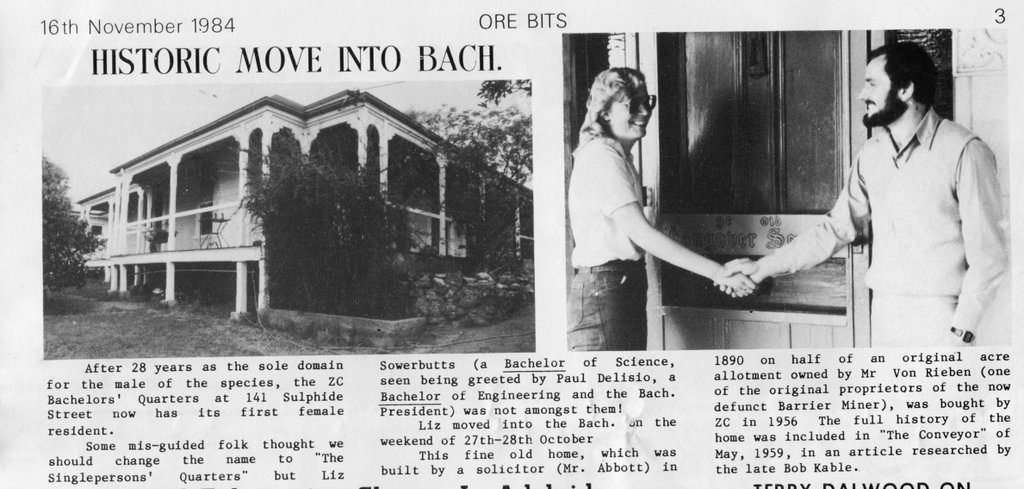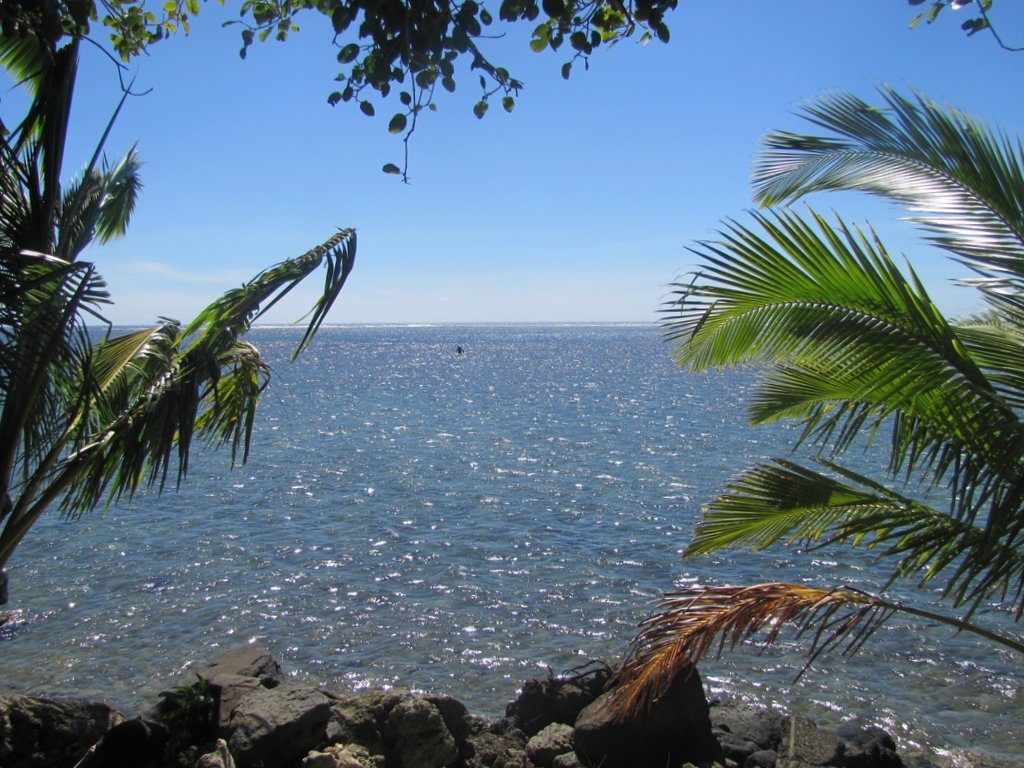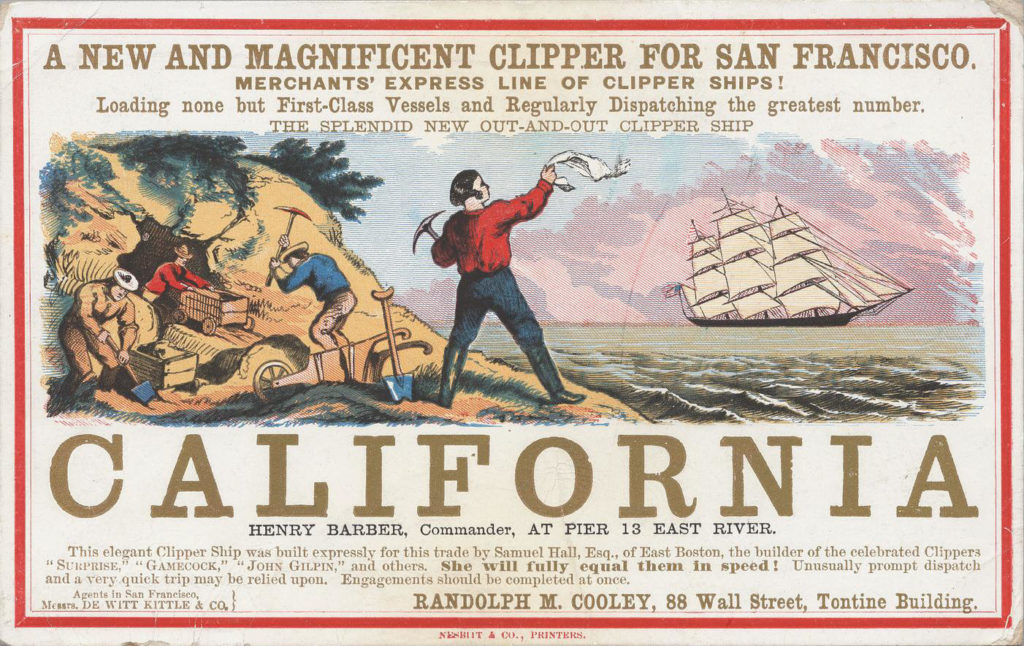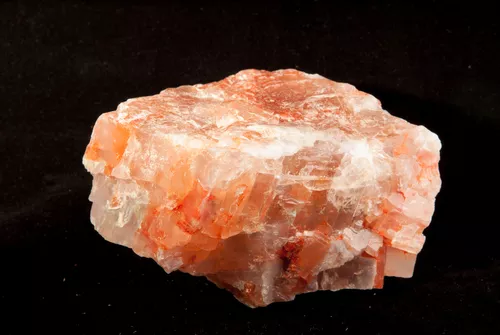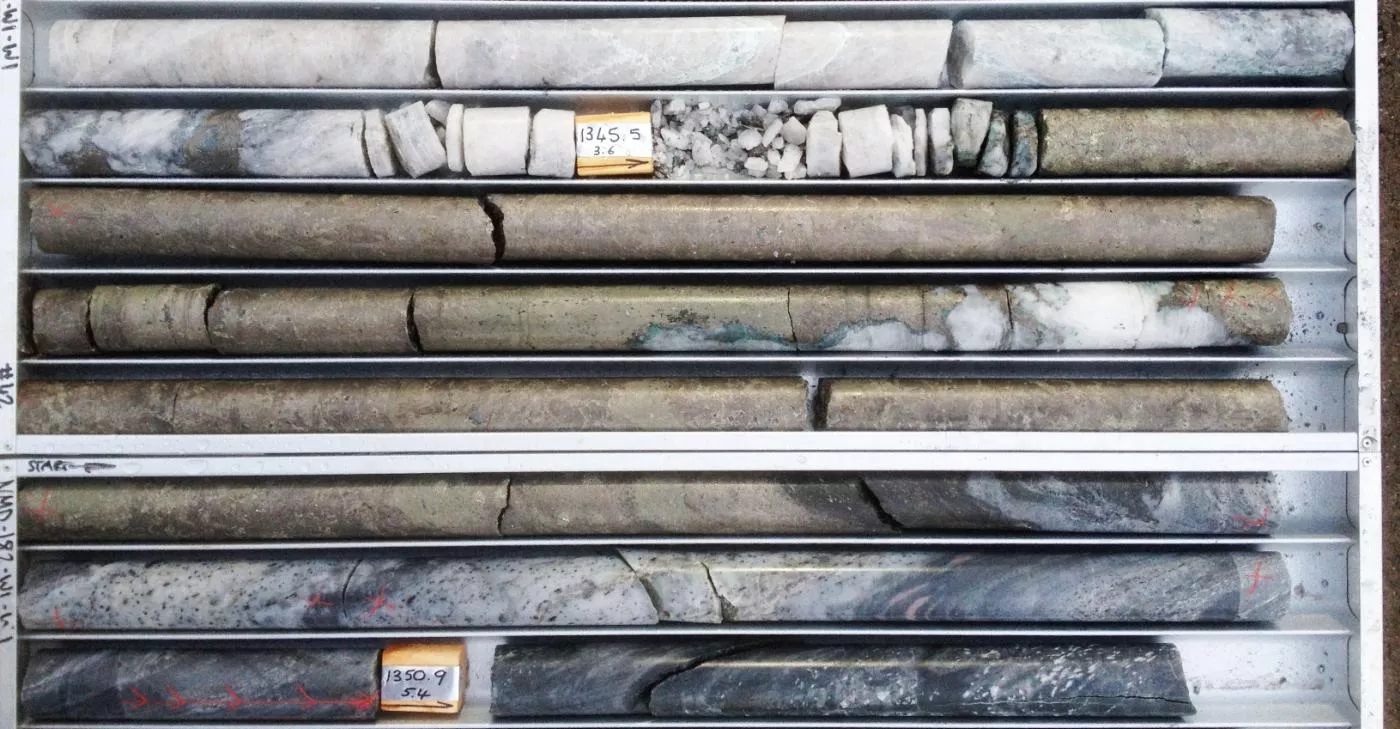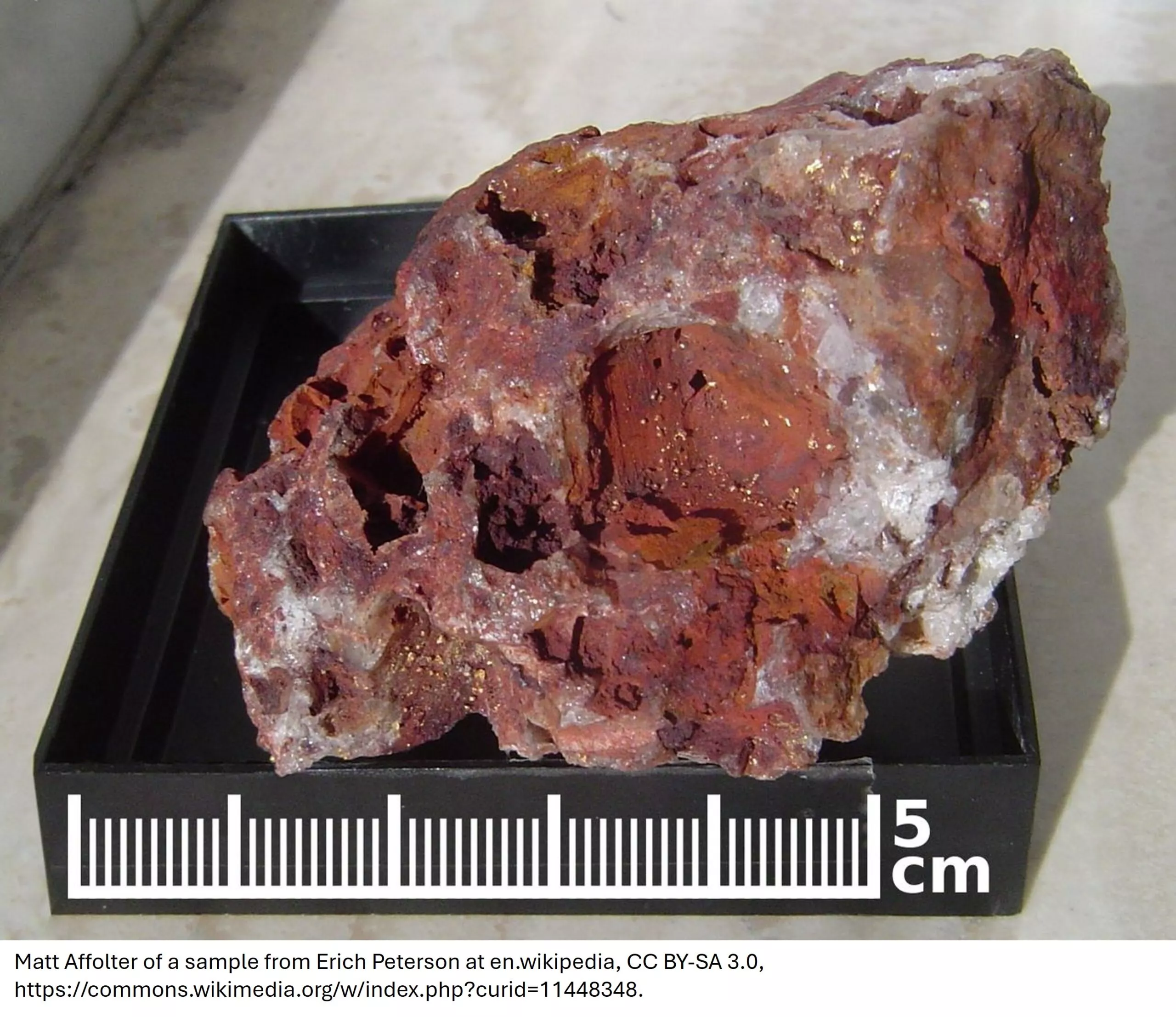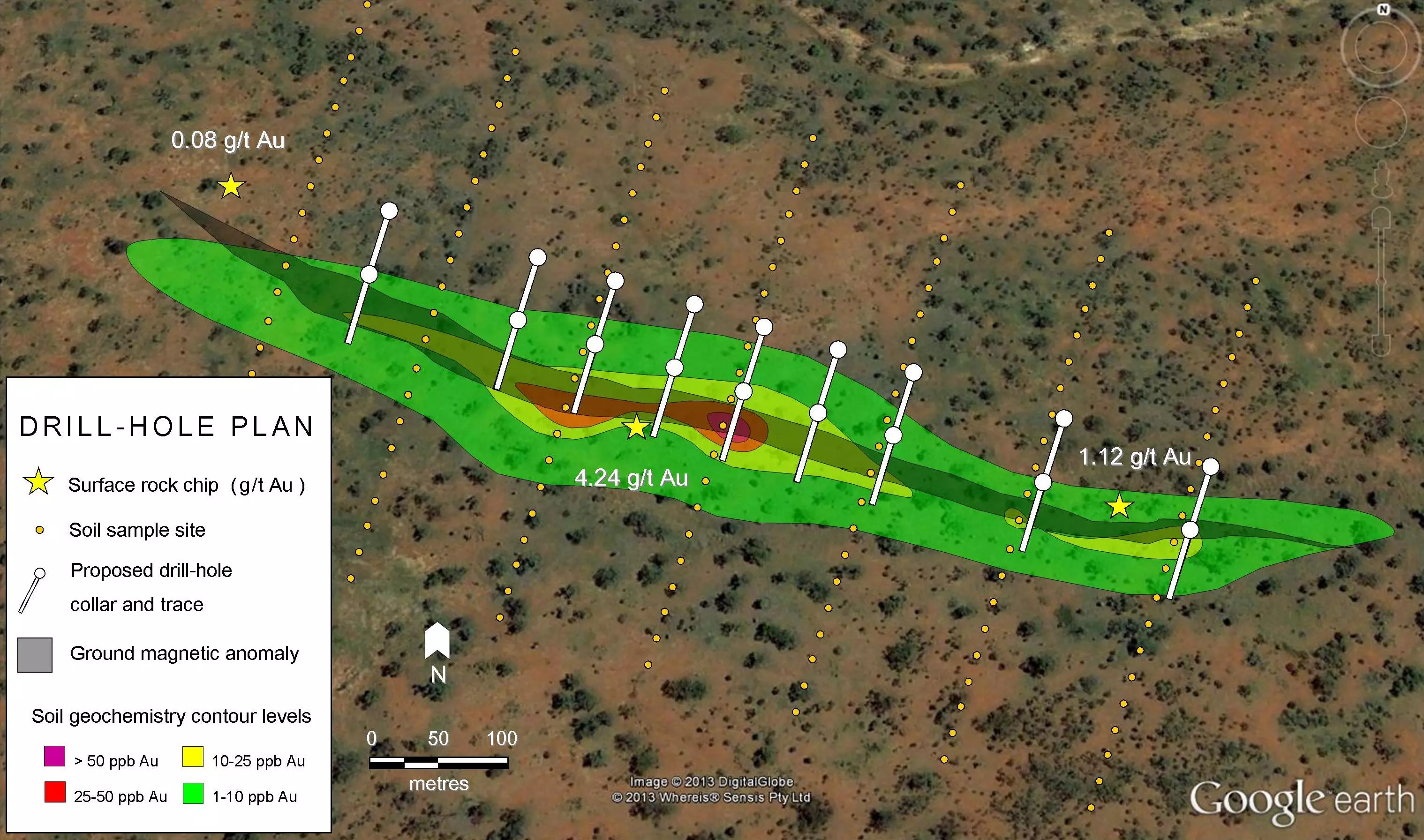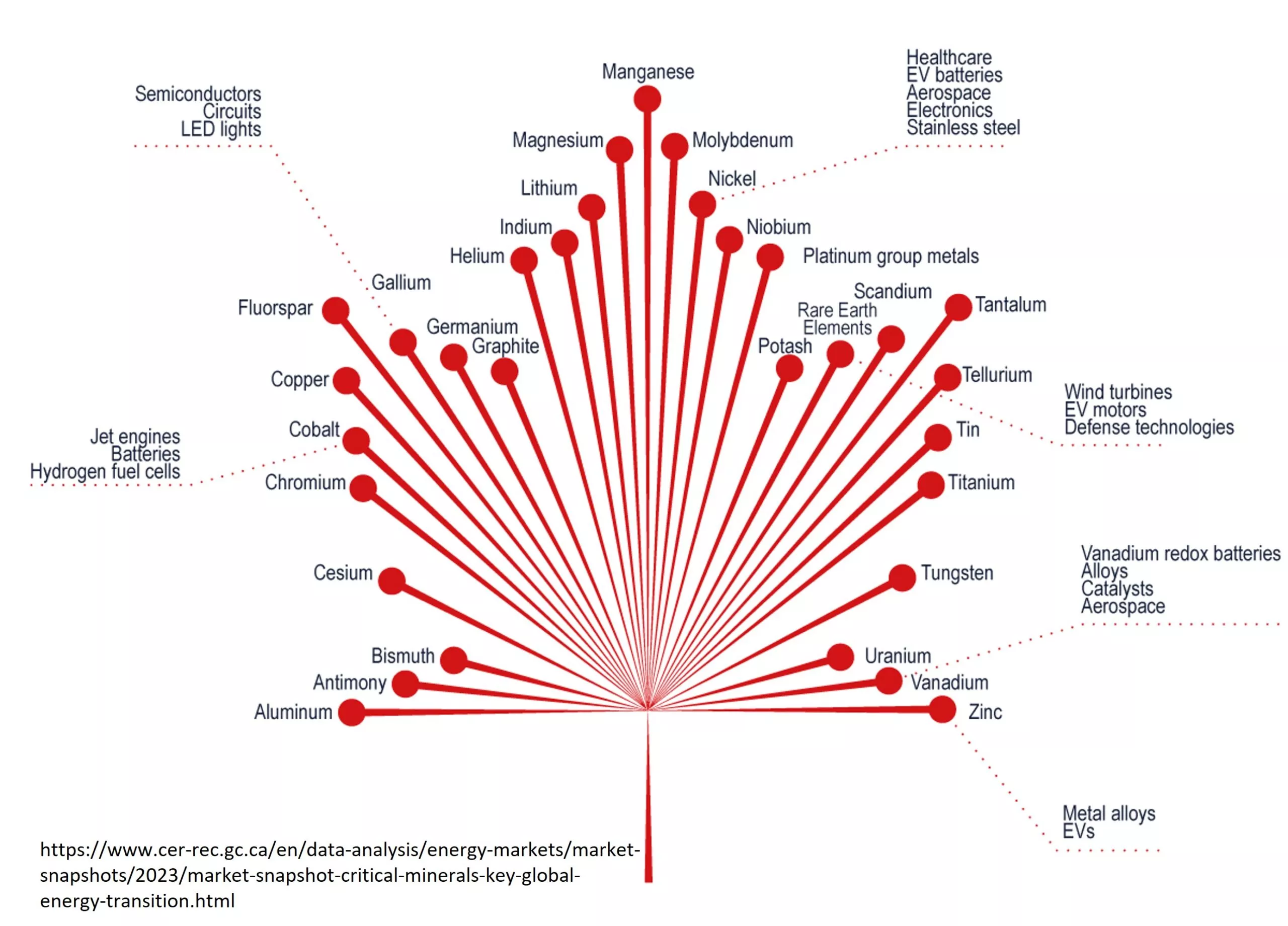The role that volcanoes have in creating land is obvious to anyone who has seen the spectacular eruptions in Iceland or Hawaii. In 1943, Paricutin was a patch of barren soil in a Mexican farmer’s field, now it’s over 2800m high. Over time, volcanoes erode down to plains, exposing the riches that lie beneath them. But, what if we don’t want to wait? Is it possible to mine an active volcano?
Volcanoes have long fascinated humanity. We have worshipped them – we’ve lived beside them to take advantage of the fertile soil they create – and we’ve died when they blew their tops.
What is less well-know is that directly or otherwise almost all of the earth’s mines are formed by volcanoes. From the deep-seated porphyries to epithermal gold veins, volcanoes are the surface expression of key geologic processes that concentrate minerals into economic deposits.
Surprisingly, we can and do mine active volcanoes. The extreme environment appears to encourage extreme mining technology, from the more primitive to the most sophisticated.
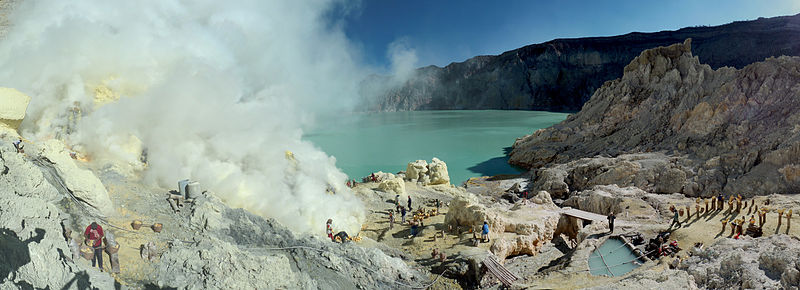
Sulfur Mines in Active Volcanoes.
Sulfur is an obvious mineral to mine from volcanoes, and it has been since pre-history. Pumice was also often collected. In the West, sulfur is now often produced as a by-product of oil refining. The economics and mine safety concerns of historic mines such as New Zealand’s White Island saw production cease in the 1930’s.
In Indonesia, where wages are low, and health and safety regulations ignored, the Kawah Ijen volcano in Java is actively mined. The Volcano has a 20km wide caldera at the top of which is a 200m deep lake of sulfuric acid. The volcano is quietly active, with many steaming fumaroles, which emit acidic, toxic gases, and sulfur.
At Ijen, the local miners help the process of mineral formation along. They use stone and ceramic pipes to funnel gases from the top of fumaroles so that the sulfur condenses into a red liquid, which drips back down the pipe and solidifies into pure sulfur.
The work is physically tough as miners walk down the volcanoes with heavy loads of sulfur on their backs. Safety equipment is non-existent; most use a scarf around their face to protect from the highly acidic steam. However, in the local economy the $5/day pay is a lot better than that offered by local coffee plantations.
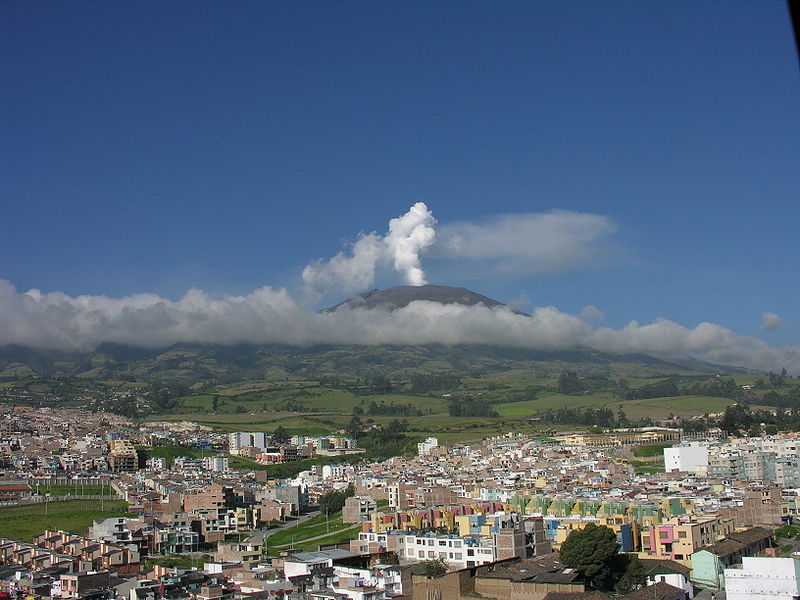
Gold-Spewing Volcanoes
The Galeras volcanoes in Colombia could be sending up to a 1lb gold/day into the atmosphere, with another 45lbs /year being deposited onto rocks in its crater Galeras is the first time that gold has been detected in significant quantities in an actives volcano. The volcano is however, explosive and very active, with a history of over a million years of eruptions. In 1993 six scientists were killed on the volcano when it unexpectedly exploded.
There appears to be no one interested in taking on the risks of mining a volcano quite this active at the moment, maybe a given in a million or three to settle down?
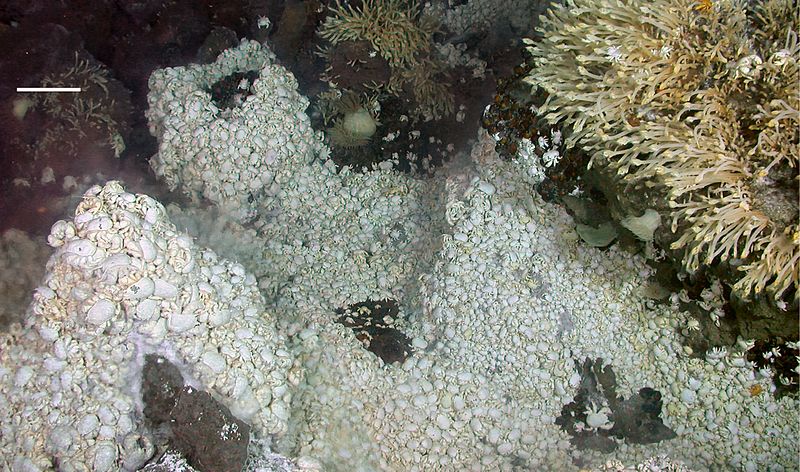
Undersea Volcanoes
Not all volcanoes are on land. Underwater exactly the same eruption of hydrothermal liquids occurs, usually associated with plate boundaries.
Advances in deep-water remote-controlled subs have started to open up underwater mineral exploration.
Underwater tectonic plate boundaries are marked by the aptly named “black smokers“. These are columns of sulphide mineralisation around seafloor hydrothermal vents. Black smokers occur where earthquakes have caused fractures in the sea floor that allows seawater to seep into the undersea crust. The water then becomes super-heated and leaches metals from the surrounding rocks. As the water heats, it erupts back up to the sea floor, where the interaction with the cold ocean depths forms the precipitation of the minerals. This mechanism is understood to create volcanic massive sulfide deposits, now we want to avoid waiting for the few million years of tectonic uplift and weather to expose the minerals.
A Canadian company, Nautilus Minerals, is now developing the technology to mine what has been named seafloor massive sulphide deposits (SMS’s). Their Solwara prospect of high-grade copper and gold in Papua New Guinea’s Bismark Sea is the most advanced. The company has reported an indicated mineral resource of 1,[email protected]% copper, 5.0g/t gold, 23g/t silver, and 0.9% zinc.
Lihir – Gold Mine In A Volcano
Newcrest’s Lihir gold mine is an open pit operation in Papua New Guinea’s New Ireland Province, about 900km north of the capital Port Moresby. Lihir is one of the world’s largest producing gold mines. The mine is open cut extracting epithermal gold with production of around 700,000 oz/year with reserves of 31 million oz, form three open pits. There is a workforce of around 4000. What makes it special though is that the mine is located in a still geothermally active volcanic caldera, and is also below sea level.
Lihir Island is a volcanic sea mount which rises up to 600m above sea level and is about 22km by 14.5km. There are three volcanic craters, with the youngest less than 1 million years old is where the ore deposits occur.
Open pit mining commenced at Lihir in 1997. The ore bodies occur in a collapsed volcanic crater with a remnant geothermal system breached by the ocean. The engineering is challenging because of the high groundwater temperatures, seawater intrusions and the underlying geothermal system.
The geothermal activity is put to good use, with a geothermal power station providing power for the mine and related activities.
When Lihir was first discovered in the early 1980’s the technology to develop the remote and challenging mine site didn’t exist. By 1996, mine construction was underway.
The Future of Mines In Active Volcanoes
Today, technology for mining active volcanoes, above or below sea, is not developed. What does appear likely is that within the next 10 years, we will see the development of the first undersea mining operations. The technology of deep sea drilling and remote-controlled submarines already exists. The barriers are more to do with the economics of extracting minerals from the sea, and the legal and environmental challenges.
Further in the future it’s not hard to imagine that the same technology which has seen the remote drones exploring Mars and the technology of deep sea oil wells, will form the basis of mining undersea deposits in volcanoes.
Companies Mentioned:
Subscribe for Email Updates

